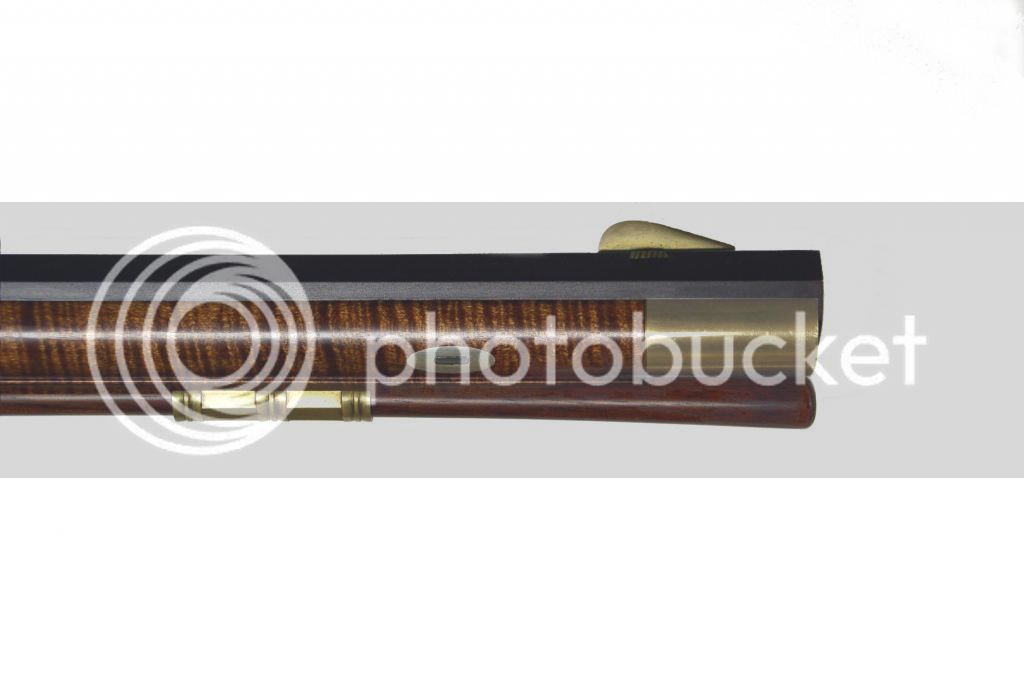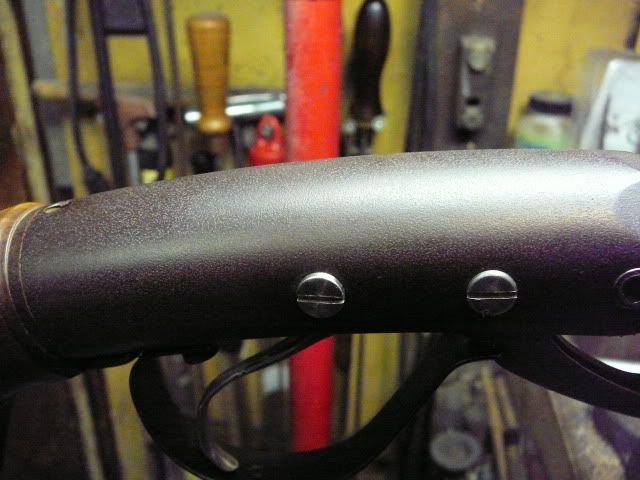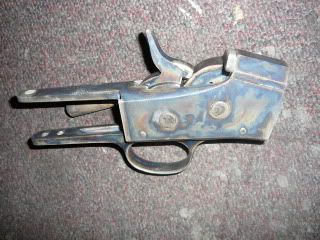Quick question for you guys. How fine a grit should I sand my barrel to before browning it?
I am using LMF Browning and I am looking for a fairly smooth finish, not one that looks to have been sitting in a barn for 100 years.
I have currently gone to 120.....
I am using LMF Browning and I am looking for a fairly smooth finish, not one that looks to have been sitting in a barn for 100 years.
I have currently gone to 120.....














